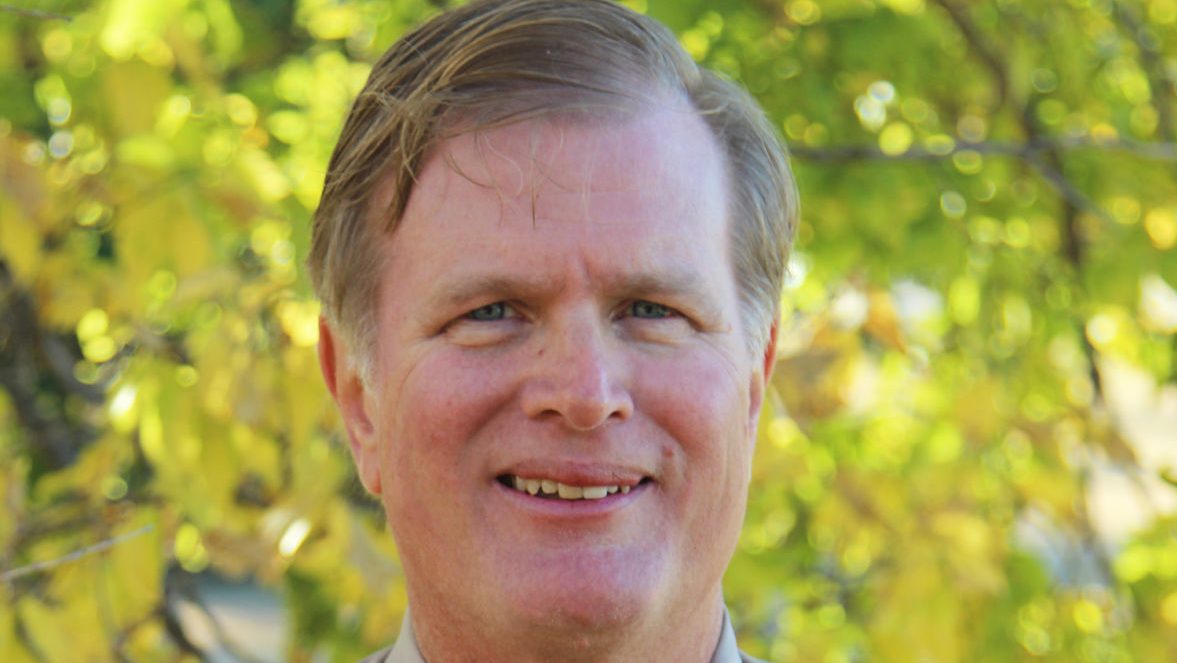Since I moved while in high school it is hard to identify one hometown. The roots go deep into two communities—Phillipsburg and Hoxie, Kansas—separated by 80 miles.
I am a graduate of Phillipsburg High School along with 80 classmates. I received my eighth-grade promotion from Hoxie Junior High School with a class of 55 students.
Each town is special, as each shares a strong agricultural base. As a result county fairs are important. To a kid growing up in a small town is there anything more important than the county fair?
The Sheridan County Fair, which is in Hoxie, is home to a wonderful carnival operated by volunteers and the community is in charge of maintaining it. With a walkway to salute contributors, the fair, which always happens in late July, remains a timeless tradition.
With “Kansas’ Largest Rodeo,” Phillipsburg went through a similar renaissance. The rodeo grounds are also a logical home for the Phillips County Fair.
The Phillipsburg Rodeo arena has been reconfigured. The design and amenities makes it pleasurable the first weekend in August.
In both towns, success stories were the result of hardworking men and women who did not take no for an answer when faced with challenges. When someone says, “Things were better back then” I can easily say the Sheridan County Fair and Phillipsburg Rodeo “are better than ever.”
Both communities meet the definition of Americana with their uniqueness. A boy could ride across town to the swimming pool and his parents did not have to worry about his personal safety.
The towns have changed. Phillipsburg is a 2A school and Hoxie a 1A school. Each recently won state football titles (2016 and 2017, respectively) and the Hoxie girls have made history with their basketball prowess. Hoxie now plays eight-man football, a reflection of declining enrollment in northwest Kansas. A graduating class likely has half the students it had a generation ago. According to the 2010 Census, Hoxie’s population was 1,20
The town’s core businesses continue to serve farm and ranch families.
Yet there are differences. According to the Census of Agriculture for 2012, farms are bigger in Sheridan County—1,463 acres compared to Phillips County at 1,123 acres. Meanwhile Phillips County has more farmers compared to its more western counterpart—441 to 384.
Irrigation has allowed Sheridan County over the decades to become the state’s 11th largest county in agriculture value at $328 million and Phillips is 57th at $100.4 million.
I have friends who farm in both counties and I continue to marvel at their abilities and it is no surprise they continue to be successful. After all, their roots run deep, too.
Dave Bergmeier can be reached at 620-227-1822 or [email protected].



